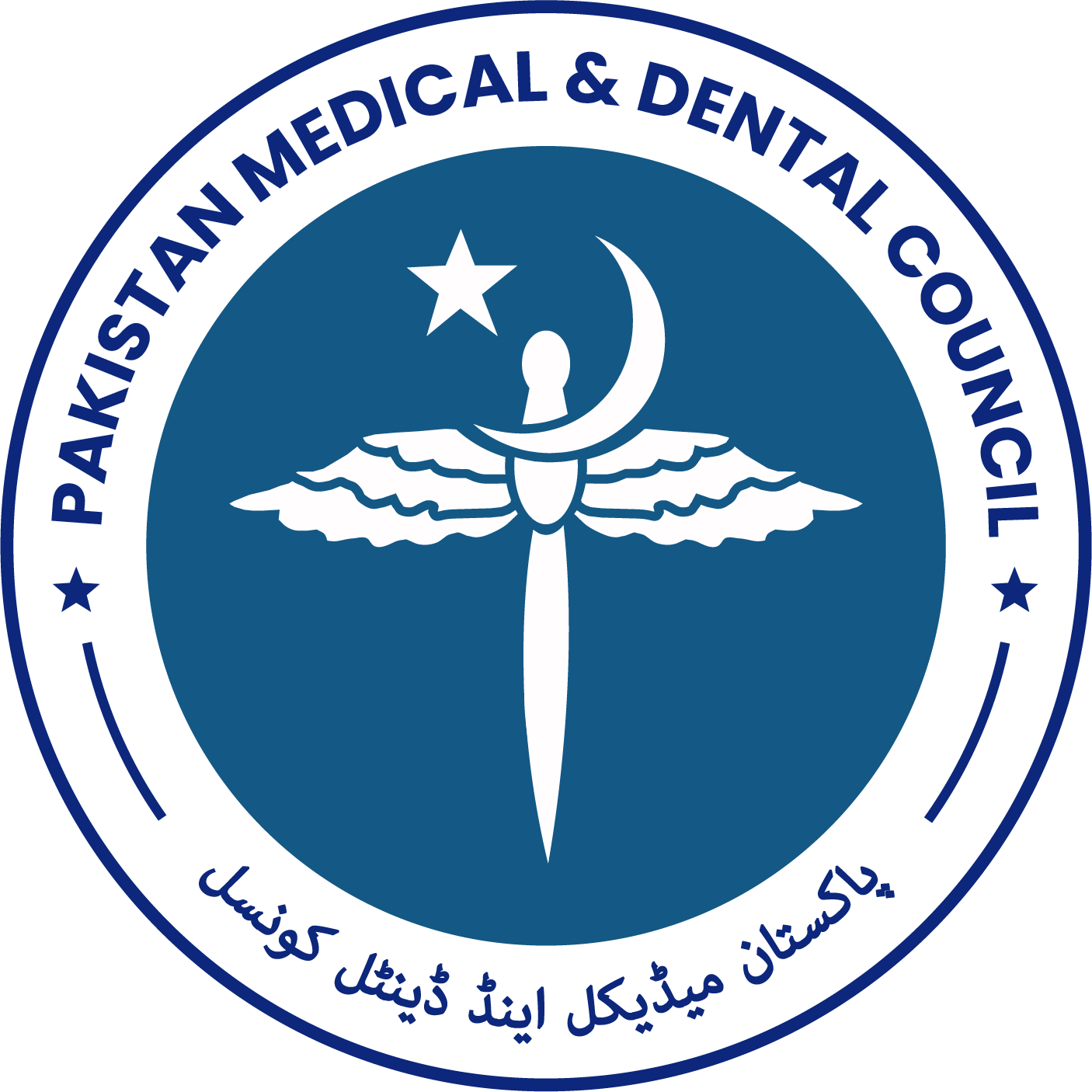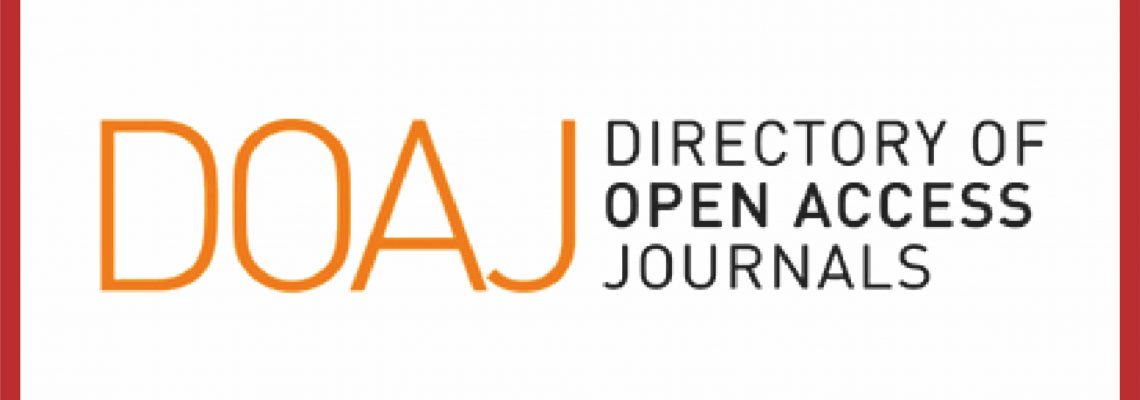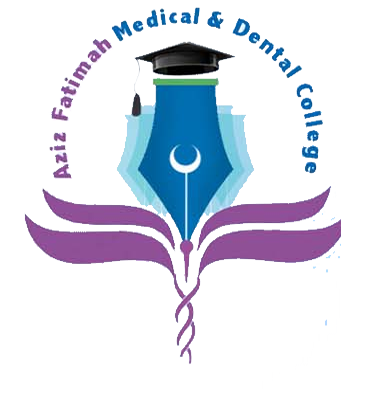Assessment of Incidence of Allergic Rhinitis in Chronic Rhinosinusitis Patients: A Prospective Analysis
Incidence of Allergic Rhinitis in CRS patients
DOI:
https://doi.org/10.55279/jafmdc.v7i1.339Keywords:
Allergic, Polyposis, Rhinitis, Rhinosinusitis, SeasonalAbstract
Objective: The study aims to assess the incidence of allergic rhinitis and prevalent allergens among individuals with chronic rhinosinusitis.
Methodology: A prospective cross-sectional analysis was done at the Department of ENT at Akbar Niazi Teaching Hospital, Islamabad, from May 2022 to April 2023. Based on the inclusion criteria, 100 patients with chronic rhinosinusitis were enrolled in the study after obtaining ethical approval, using consecutive sampling technique. The skin prick method was used for the diagnosis of allergic rhinitis.
Results: The mean age of the patients was 38.3±14.4 years. The ratio of males to females was nearly equal, with a slight male predominance (53%). The polypoid chronic rhinosinusitis incidence was 55%, while non polypoid cases accounted for 45% of the total. Nearly 2/3 of patients with polypoid exhibited severe disease, as determined by CT scan findings and nasal endoscopy examinations. The major presenting symptoms were nasal discharge, affecting approximately 94% of patients, and nasal blockage, affecting around 90% of patients. The skin prick method revealed that 75% of patients had allergic rhinitis, and pet dander was identified as the most common allergen.
Conclusion: Chronic rhinosinusitis is a prevalent condition, with the majority of patients developing it as a secondary response to allergies. Early detection of allergic rhinitis, including the specific allergens identification and its effective management, can aid in preventing chronic rhinosinusitis.
Downloads
Published
How to Cite
Issue
Section
License
Copyright (c) 2025 Dr. Mumtaz Ahmad Umar, Dr. Ayesha Jawad, Dr. Mirza Nasheed Baig, Dr. Nighat Arif, Dr. Saira Iftikhar, Dr. Mohibullah Mushwani

This work is licensed under a Creative Commons Attribution-NonCommercial 4.0 International License.
You are free to:
- Share — copy and redistribute the material in any medium or format
- Adapt — remix, transform, and build upon the material
- The licensor cannot revoke these freedoms as long as you follow the license terms.
Under the following terms:
-
Attribution — You must give appropriate credit, provide a link to the license, and indicate if changes were made. You may do so in any reasonable manner, but not in any way that suggests the licensor endorses you or your use.
-
Non Commercial — You may not use the material for commercial purposes.
-
No additional restrictions — You may not apply legal terms or technological measures that legally restrict others from doing anything the license permits.













